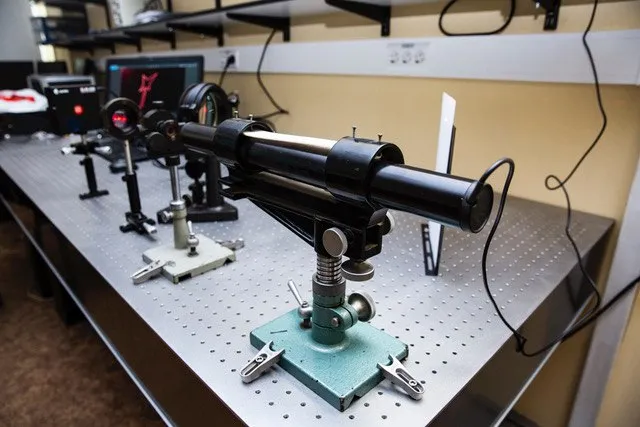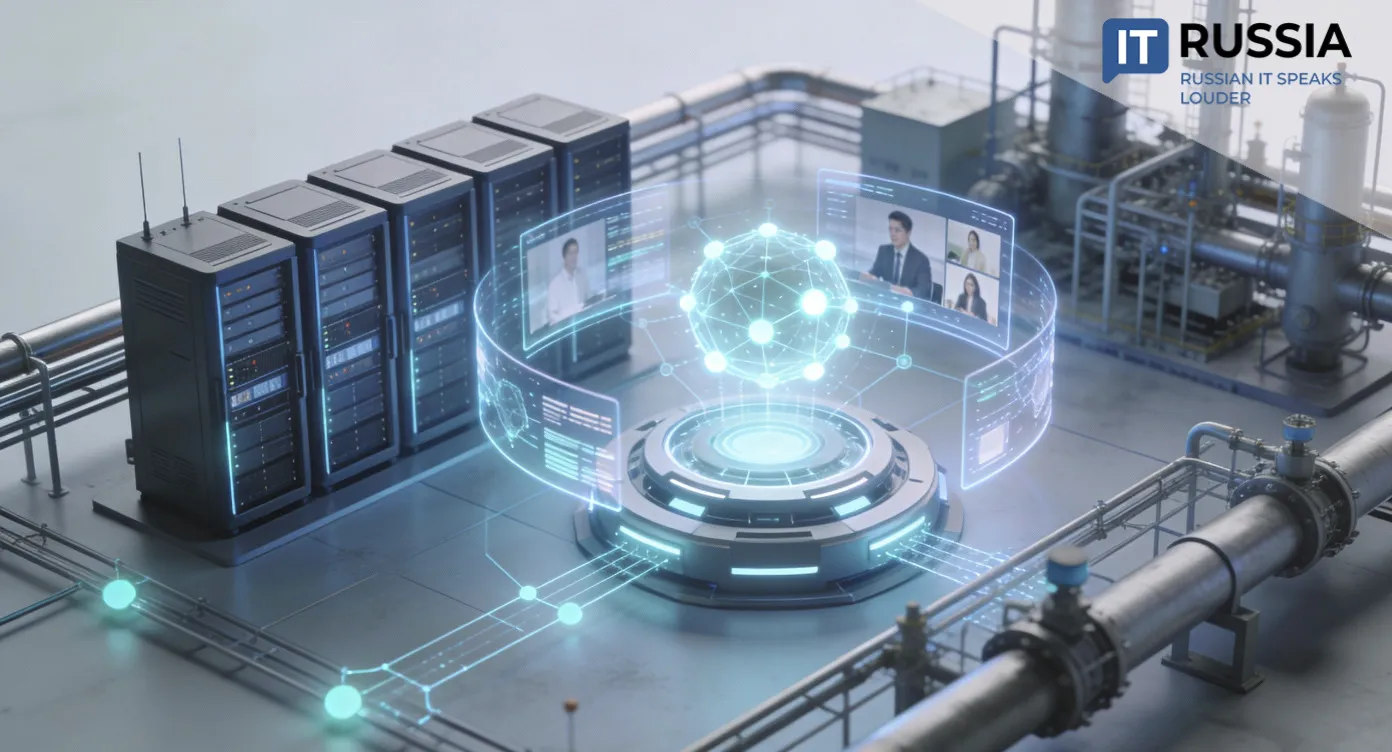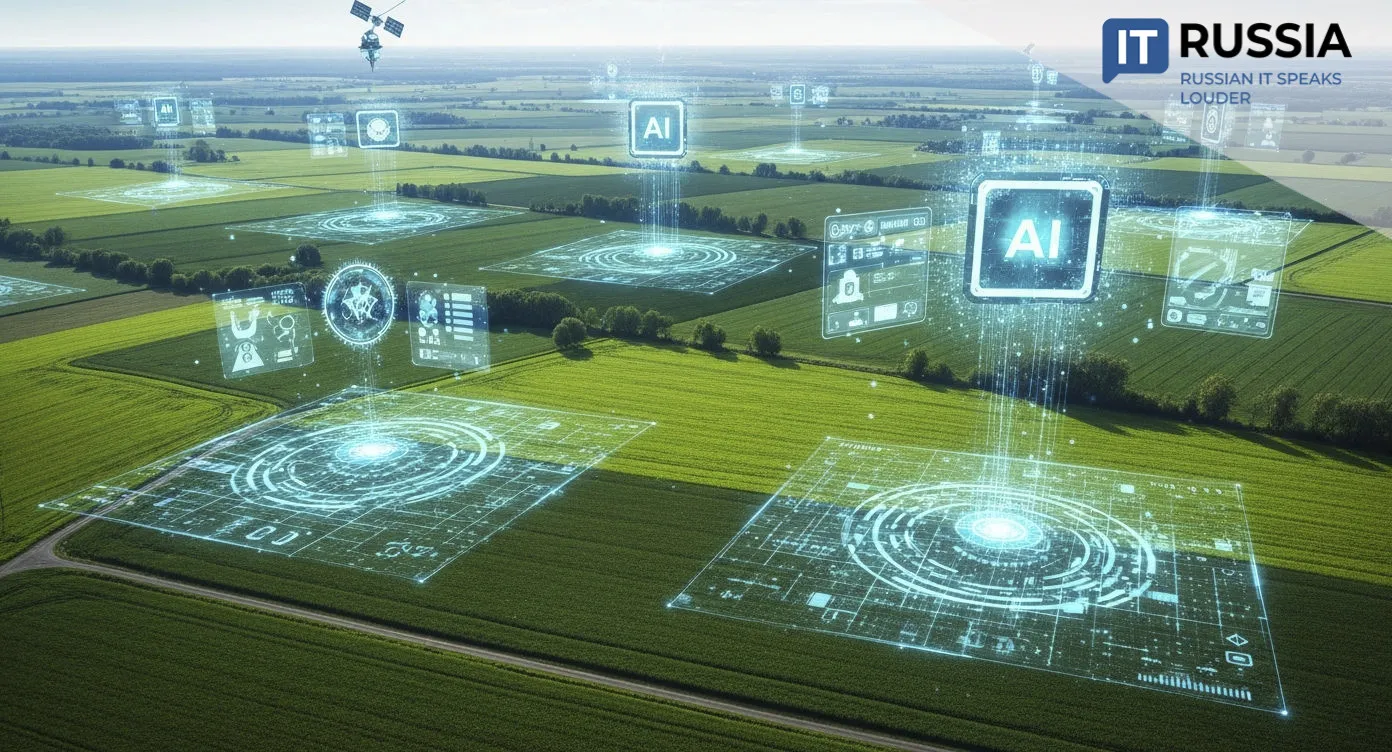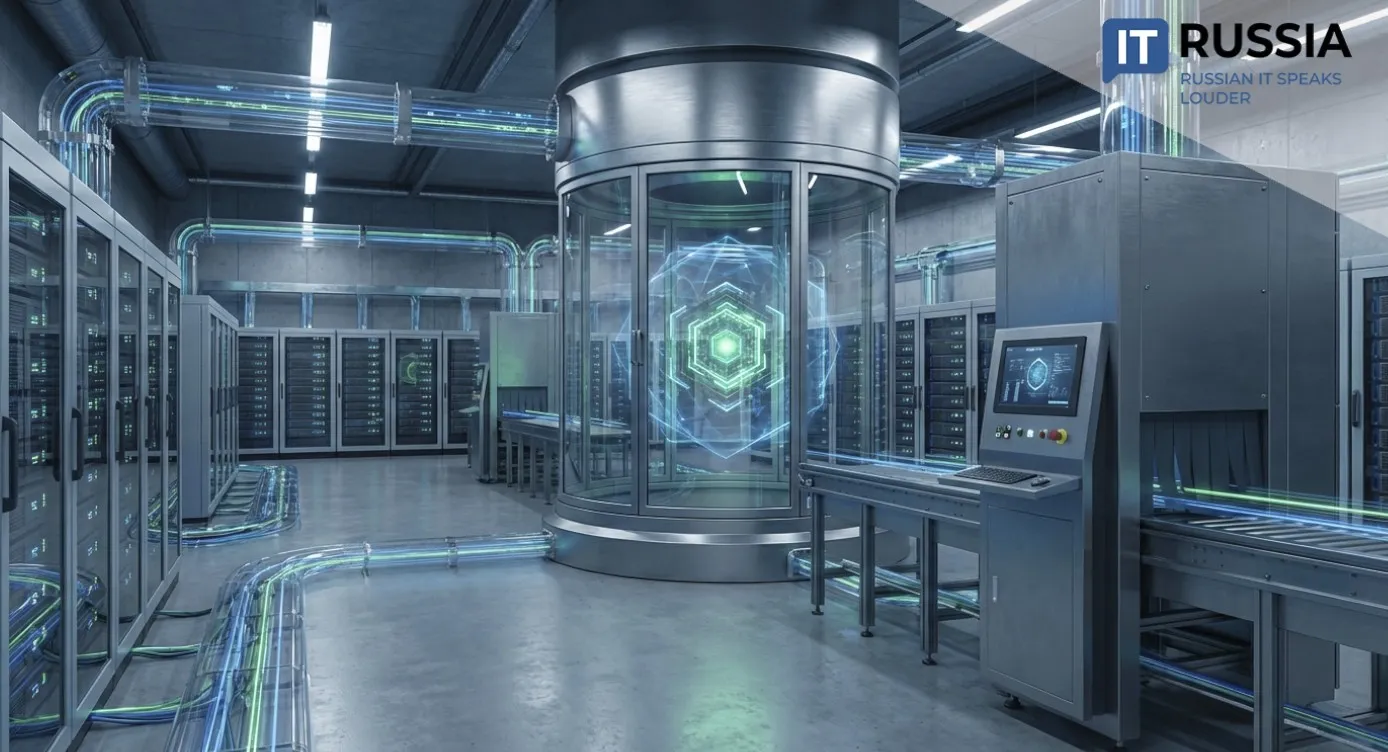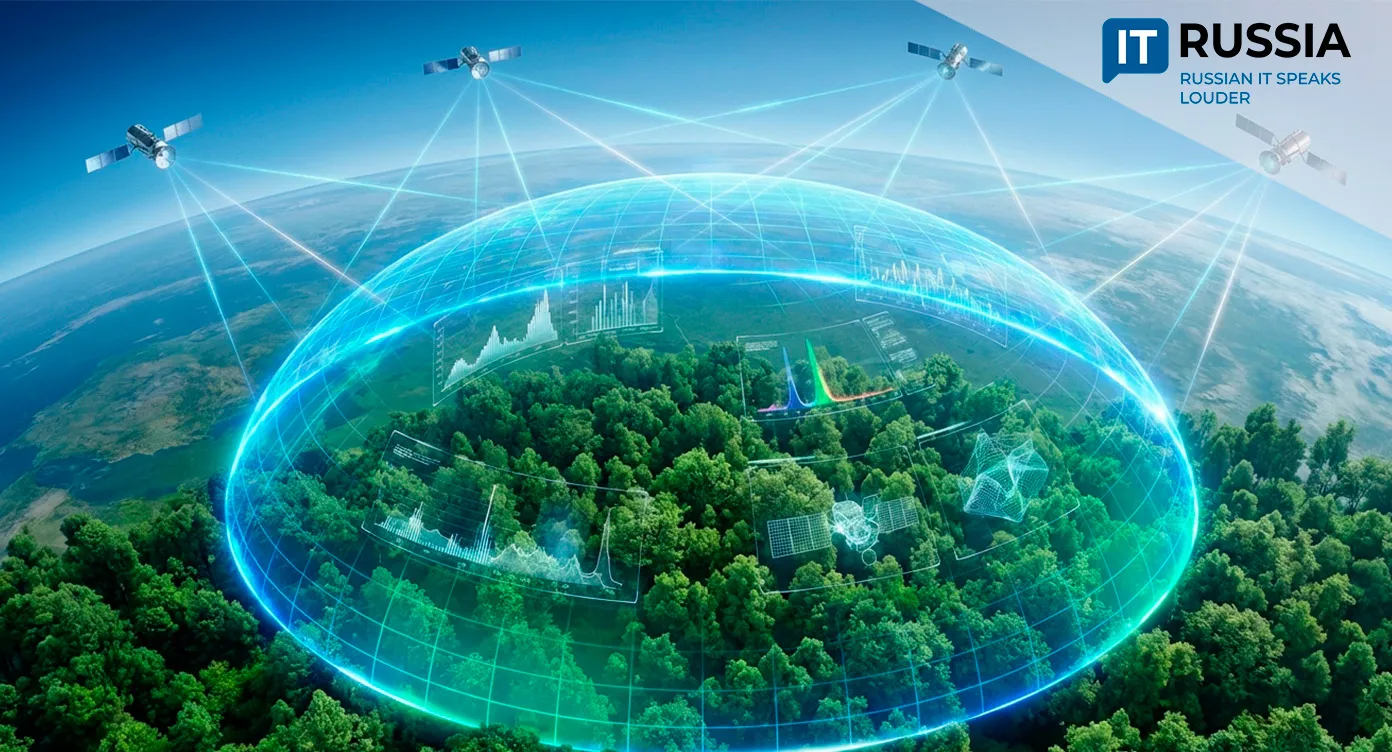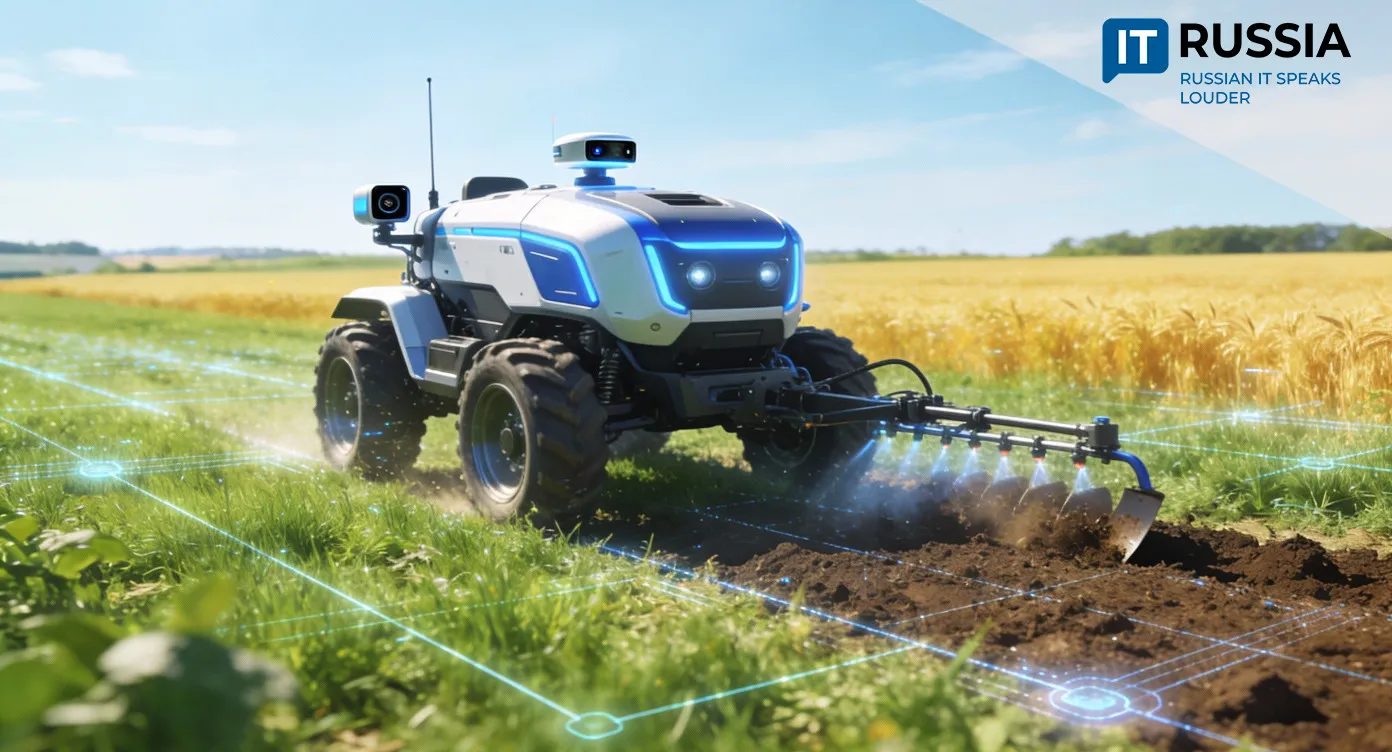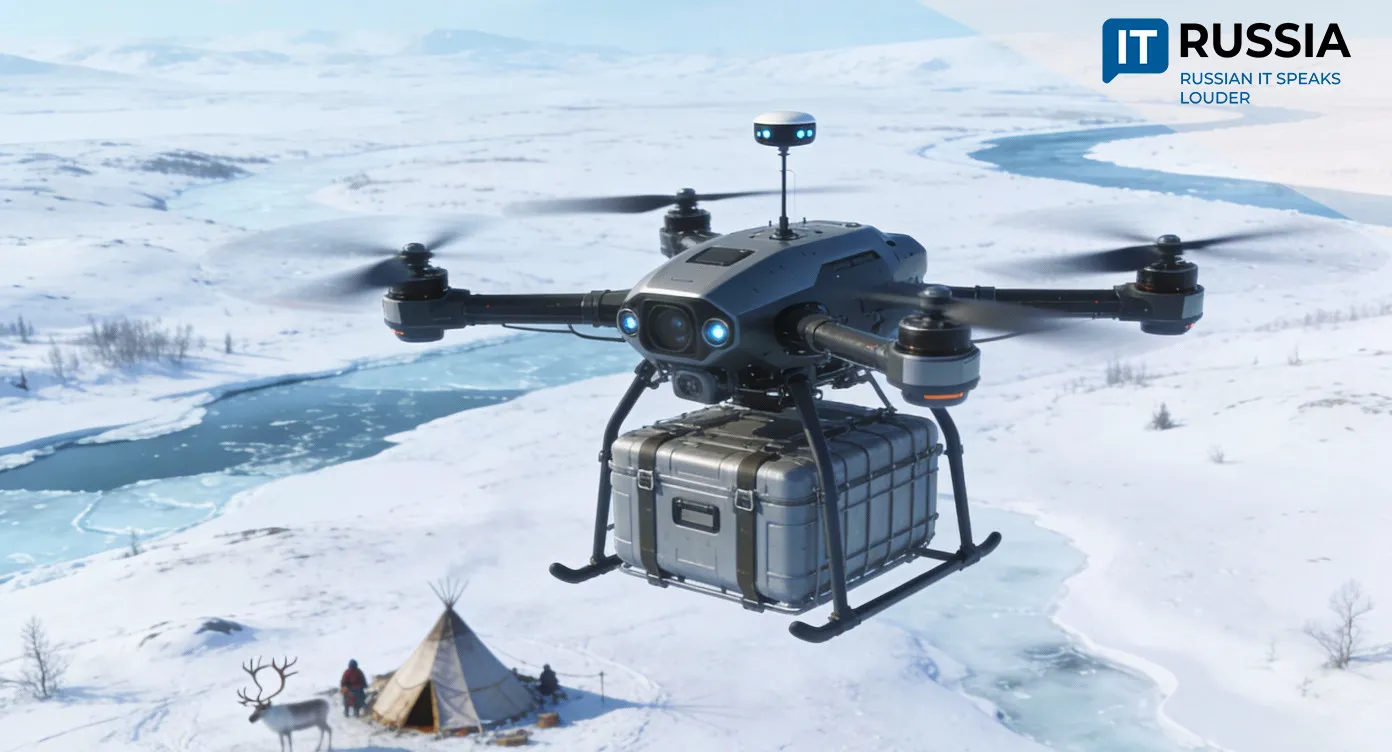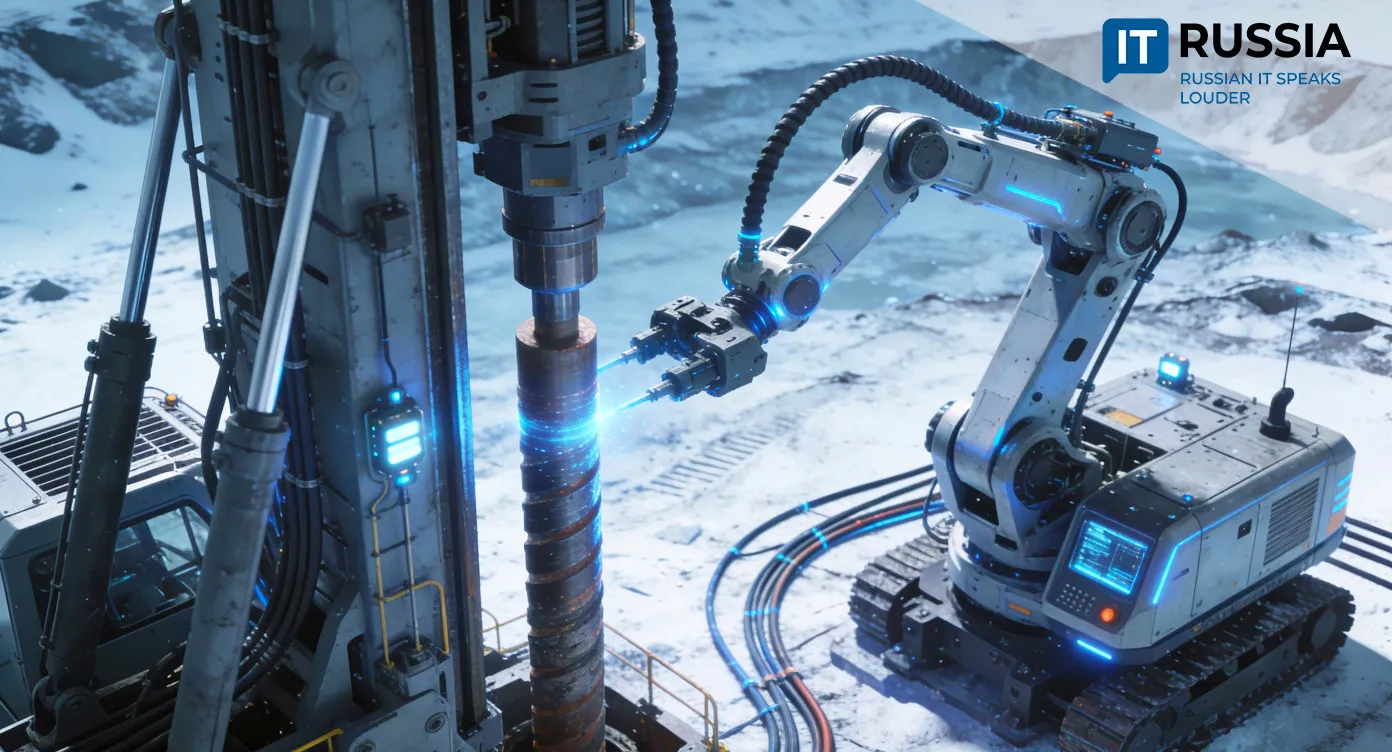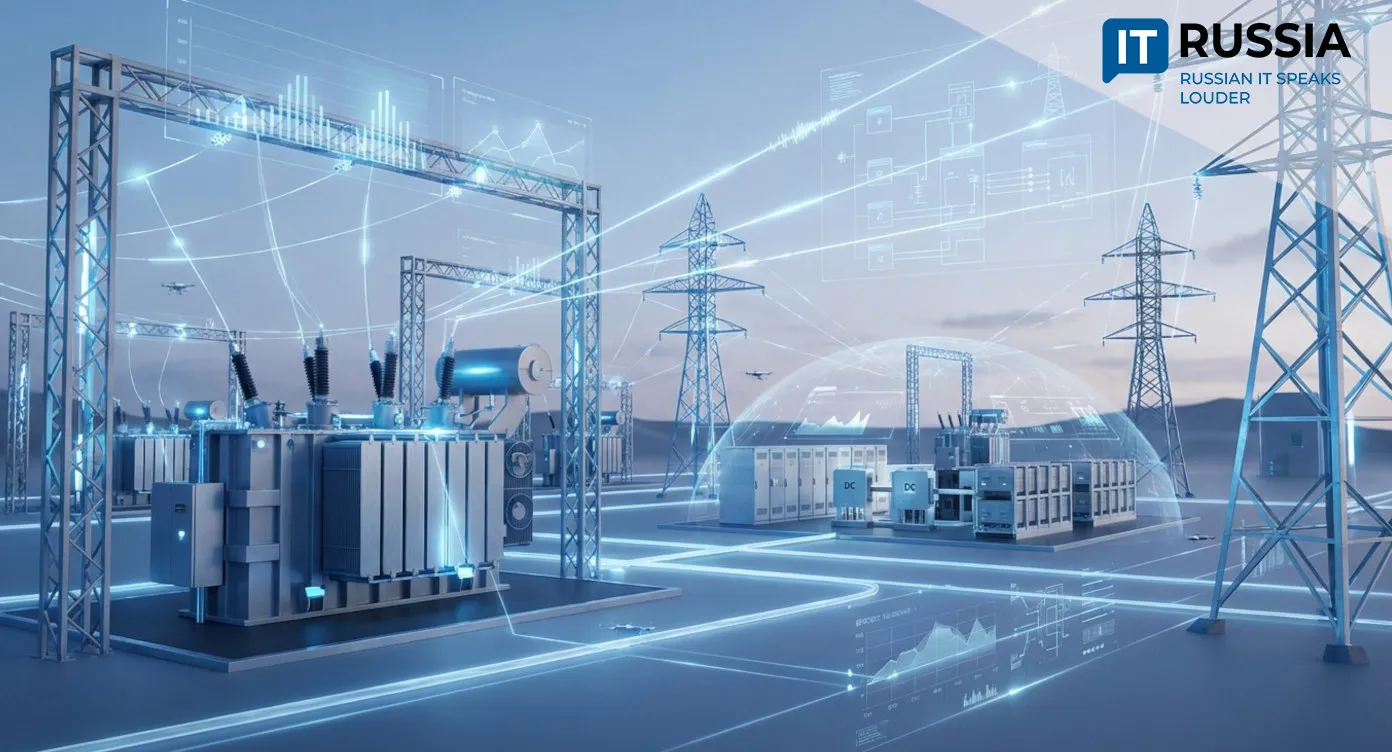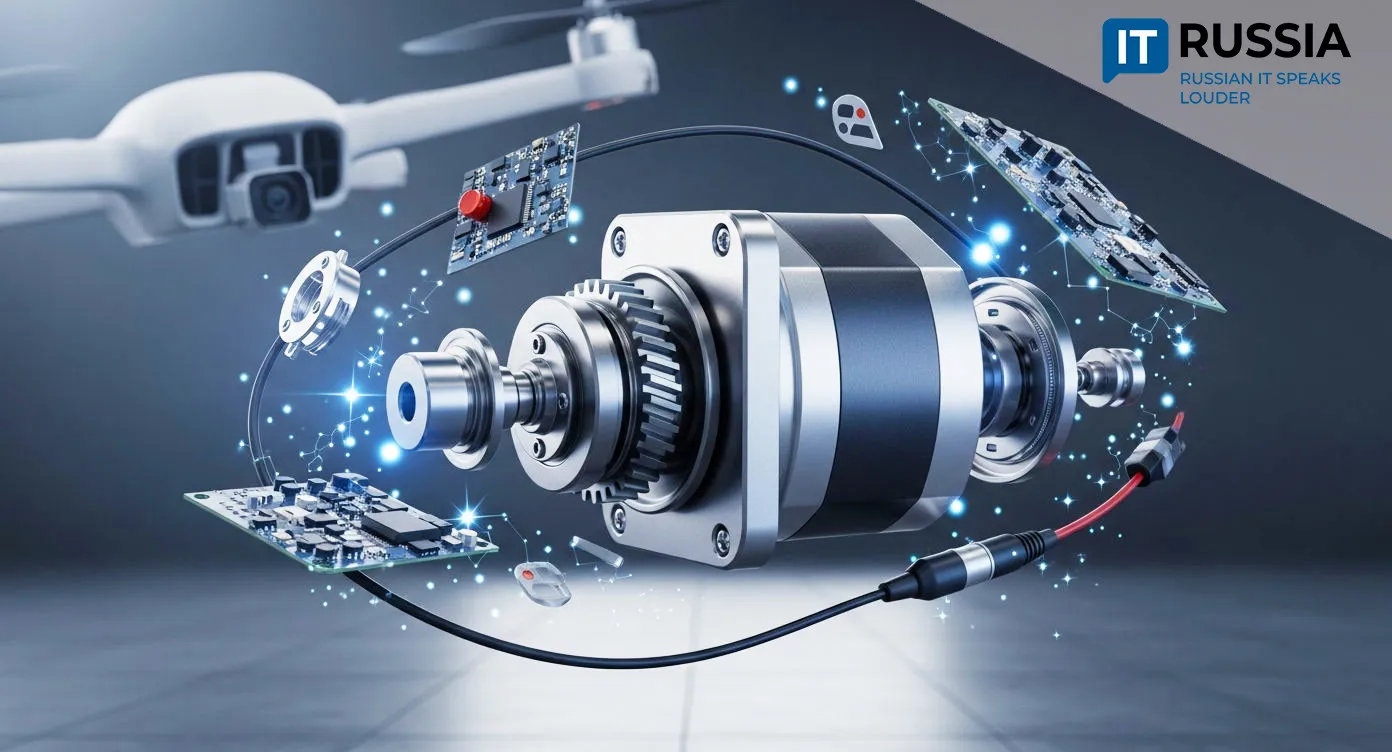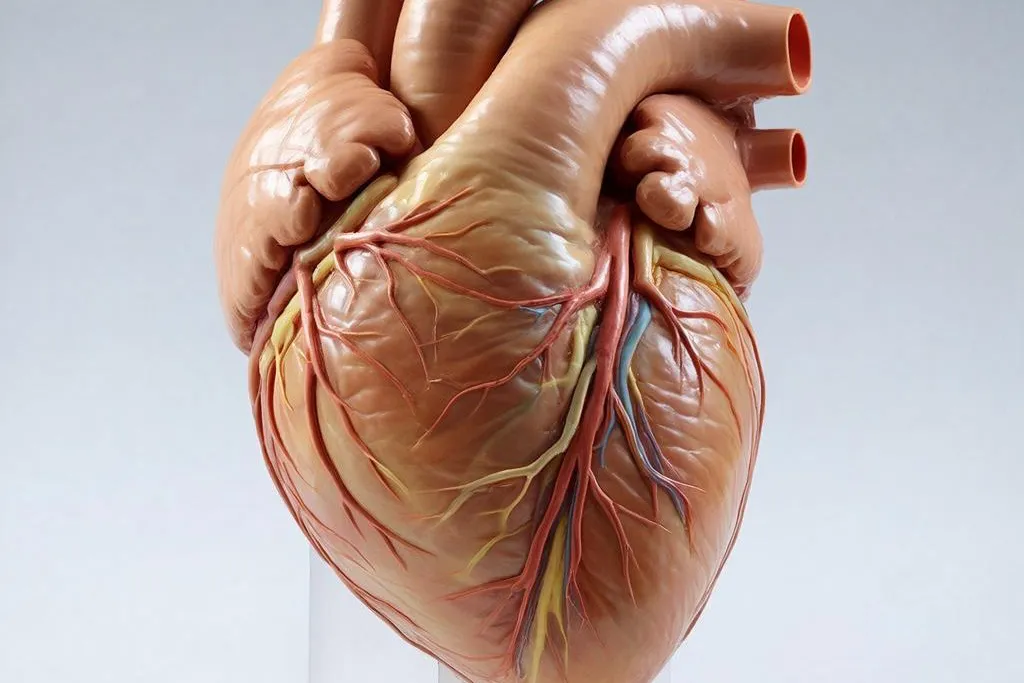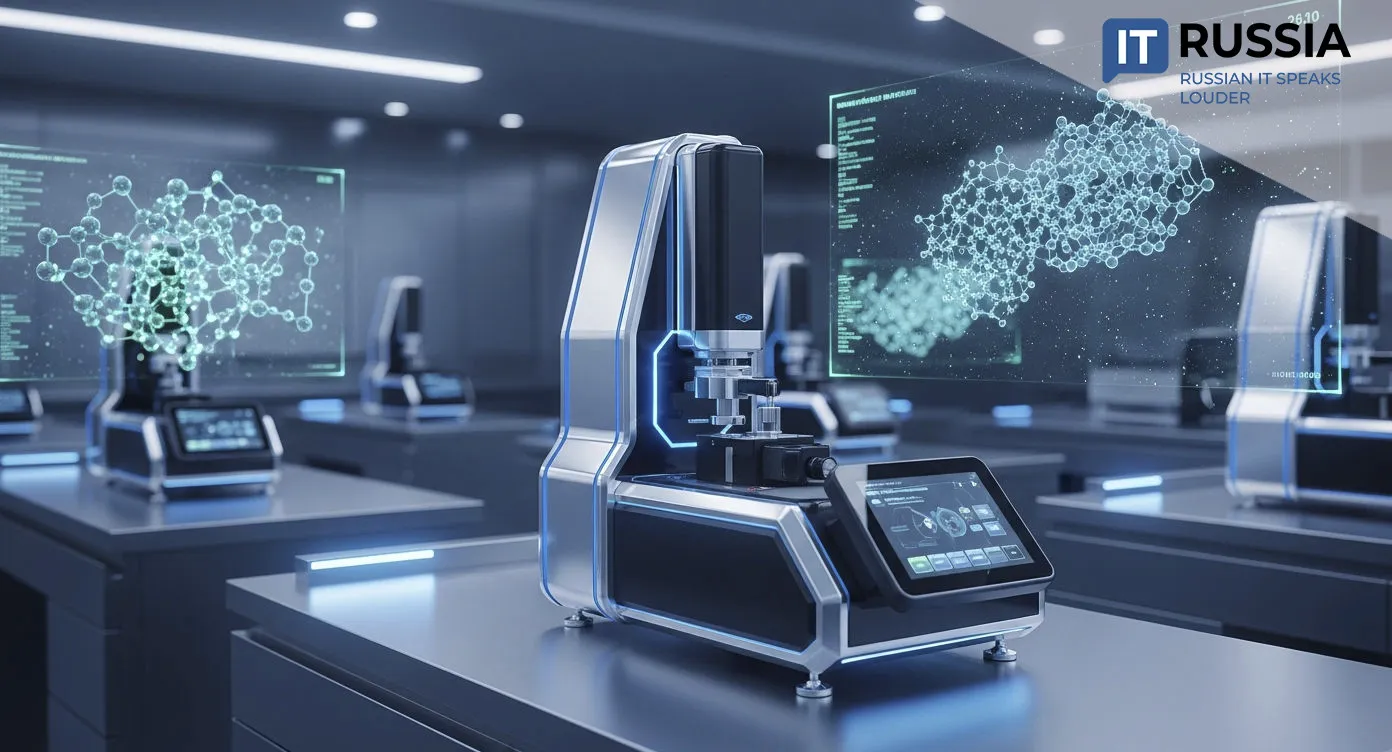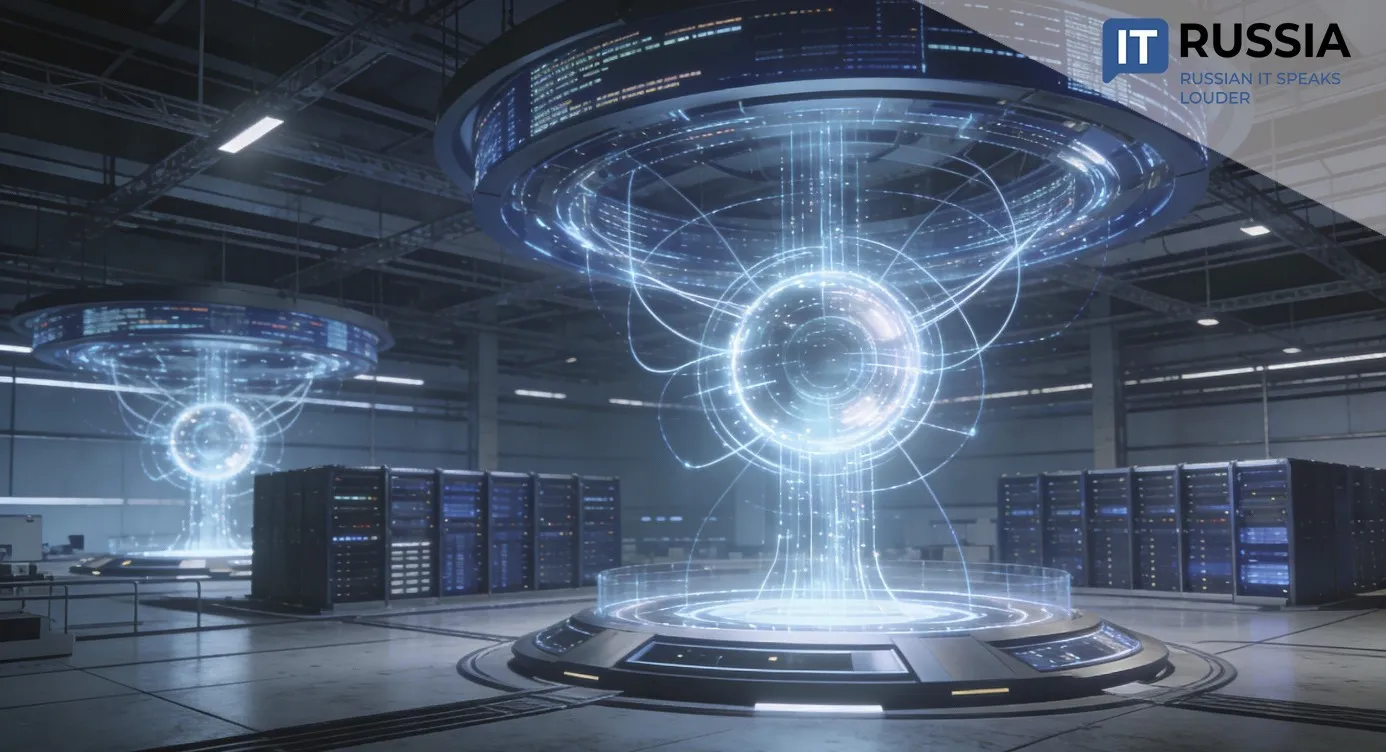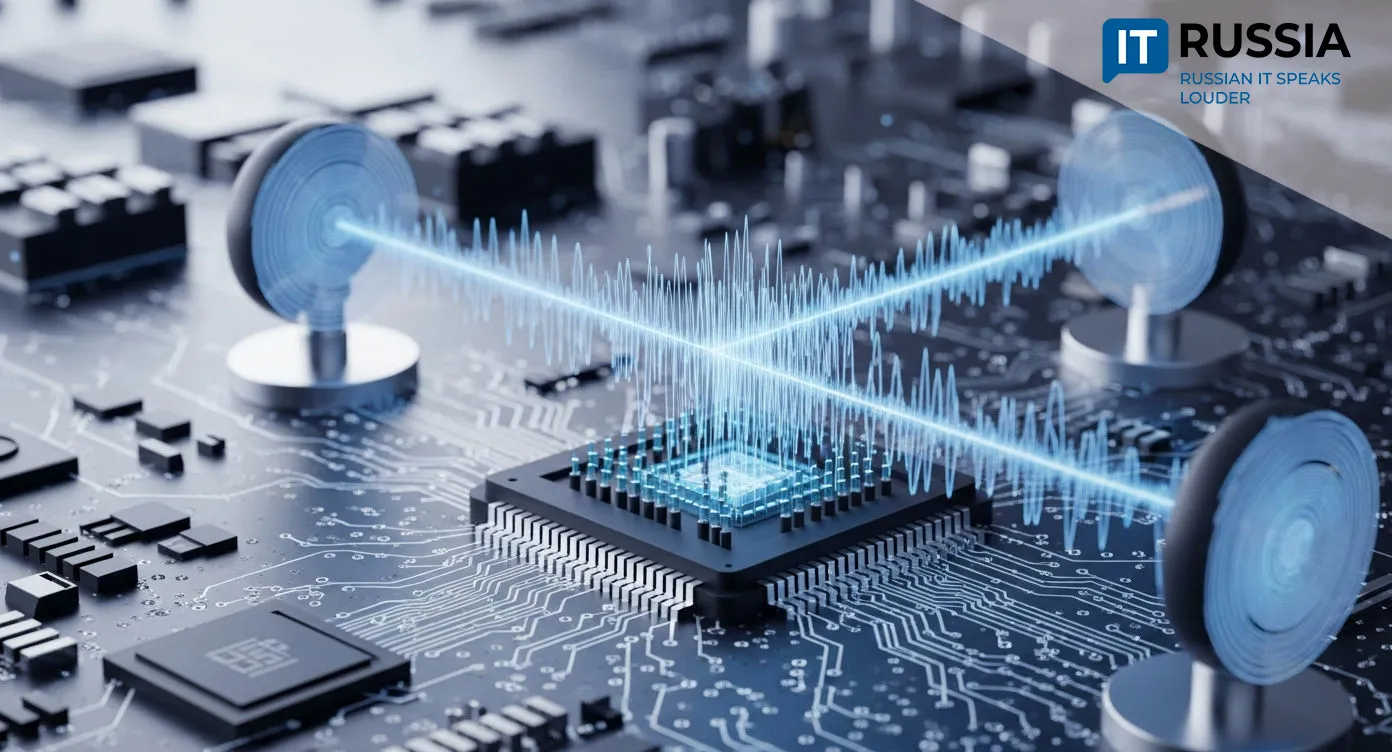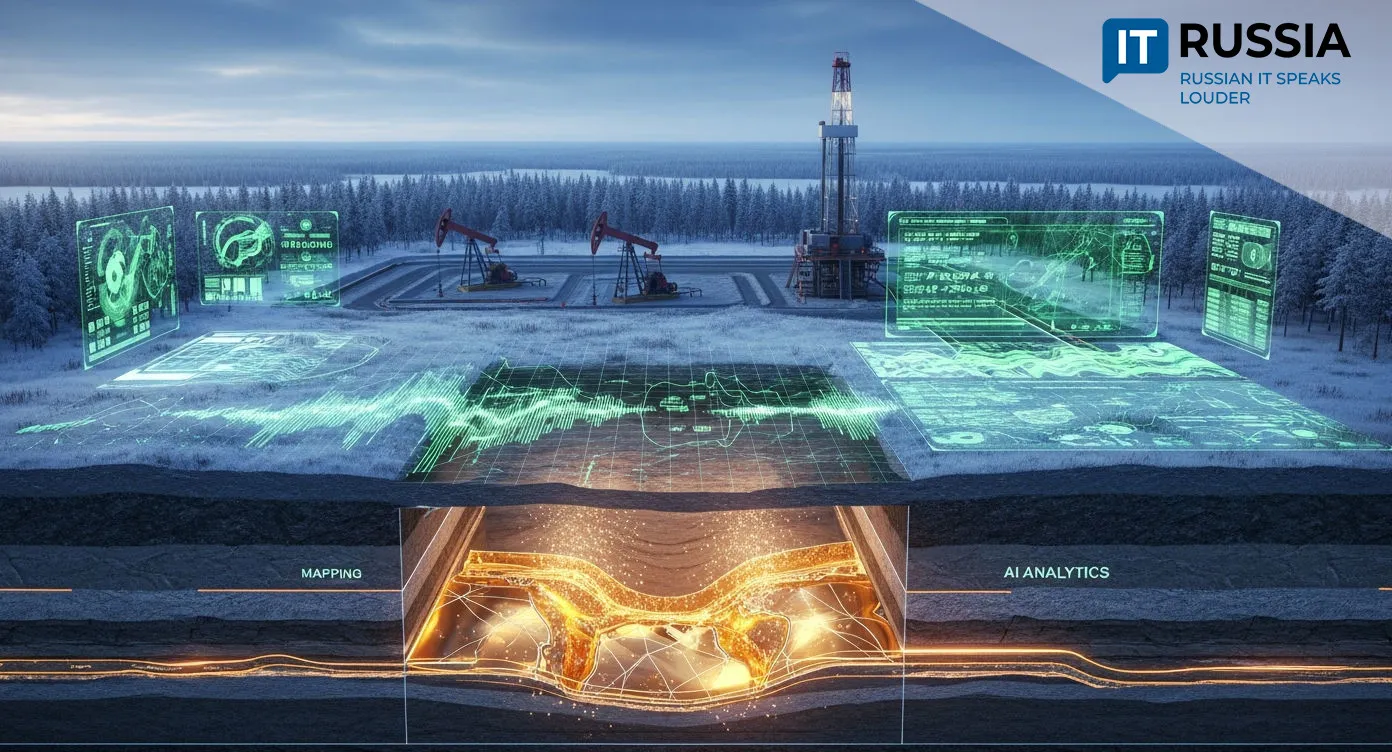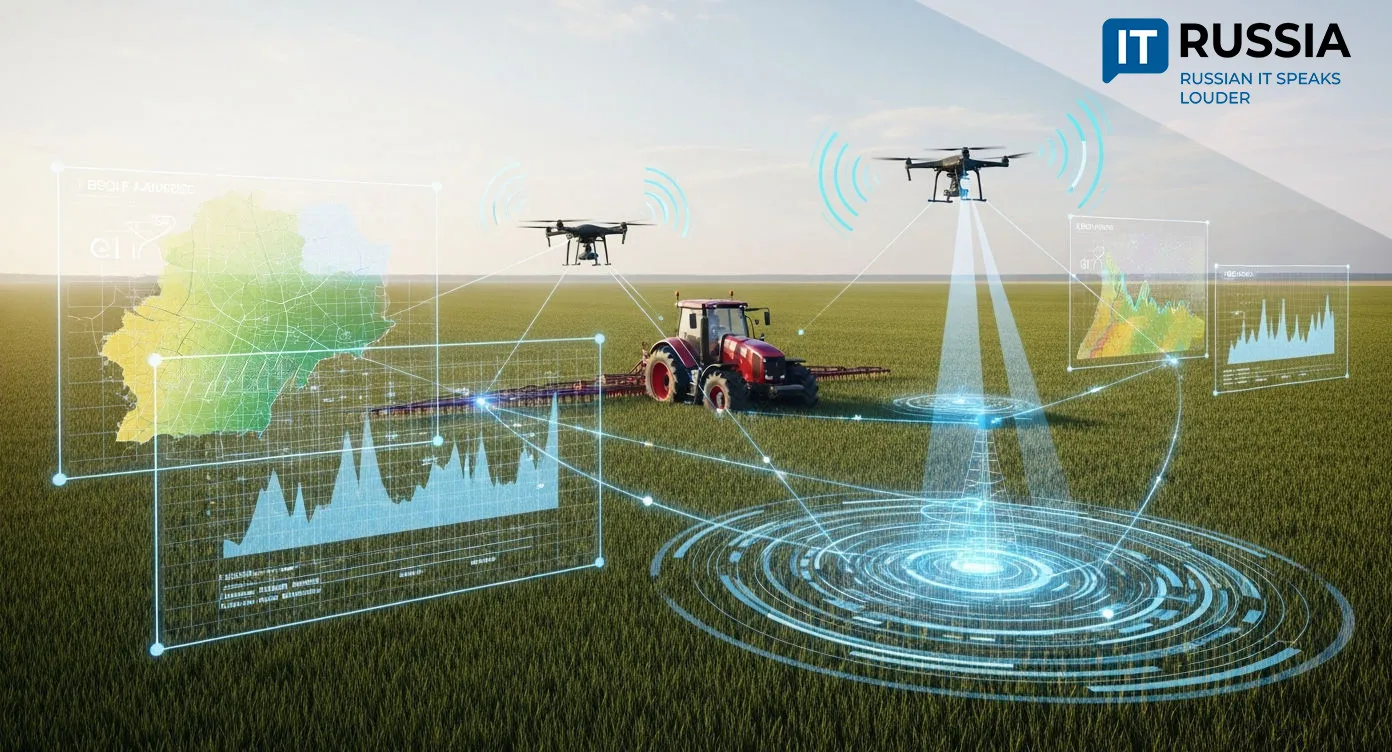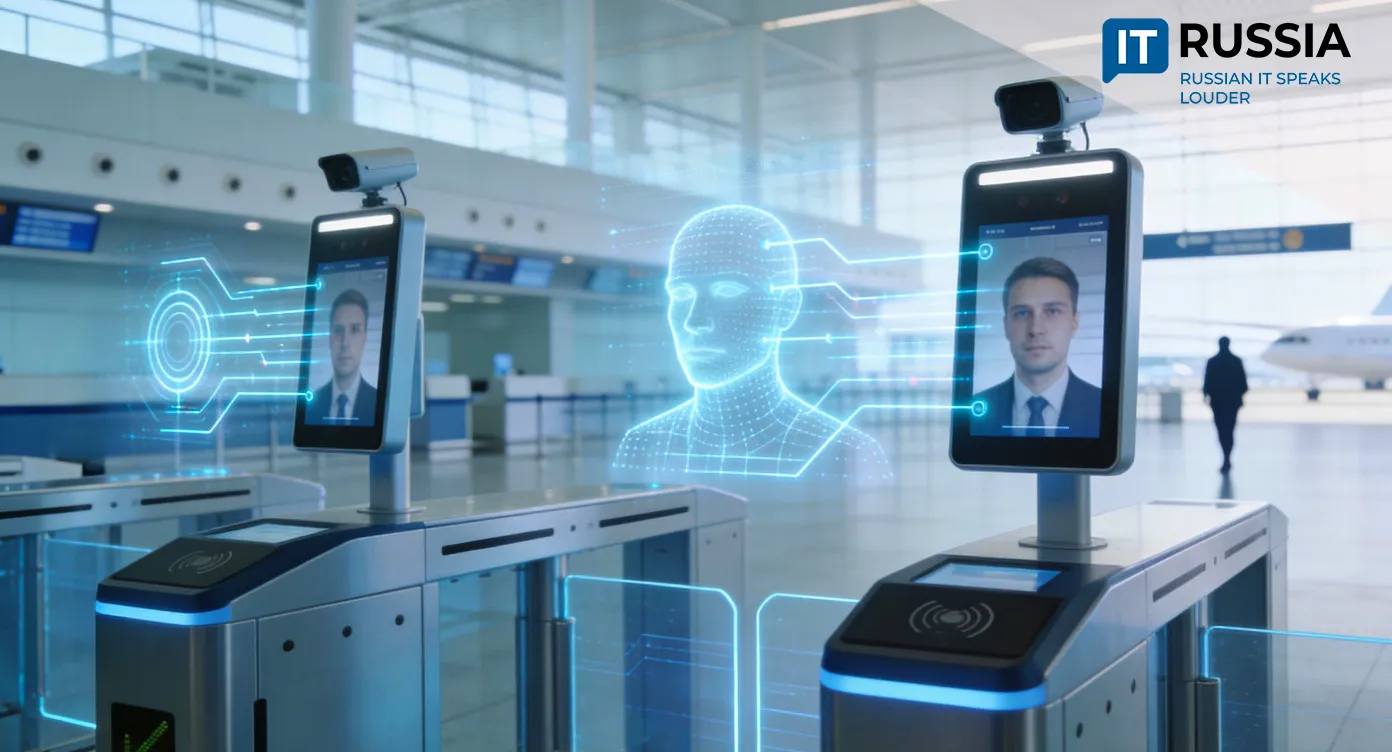Robots with Russian AI: How Yandex Is Building the Country’s Technological Sovereignty
Yandex has announced a project to develop software for humanoid robots, with the potential to expand into hardware production. This marks a turning point where artificial intelligence moves from cloud servers and smartphone screens into the physical world.

A Strategic Move in an Era of Change
When Yandex announces a project to build humanoid robots, it’s more than a headline about emerging technology — it’s a signal. A signal that one of Russia’s largest IT companies is betting on a future where AI doesn’t just exist in digital environments but enters the physical space as autonomous agents capable of interacting with people on equal terms.
This is a critical shift: from software to hardware, from algorithms to mechanics, from services to autonomous companions.
Russian Robots? What's a need?
In a world of intense technological competition and sanctions, developing domestic robotics is not a luxury but a necessity. Dependence on foreign AI and robotic systems creates strategic vulnerabilities. With this project, Yandex is laying the groundwork for technological sovereignty: robots made in Russia, for Russia — and potentially for the world.

Applications of these systems could transform key industries: in healthcare, robotic assistants could help doctors, monitor seniors, and deliver medications; in logistics, robots could automate warehouses, courier services, and pick-up points; in services, they could replace staff in repetitive tasks, freeing people for creative and emotional work.
For citizens, this translates into higher quality of life: shorter wait times, faster assistance, and more accessible services. Robots don’t get tired, sick, or require weekends off.
Russia on the Global Robotics Map
The global humanoid robotics market is currently dominated by the U.S. (Tesla Optimus), China (Xiaomi CyberOne), and Japan (Honda, SoftBank). Russia is rapidly entering this list.
The Yandex project is not a local initiative but a claim to join the global race. By integrating the company’s strengths — AI, navigation, and cloud services — into the physical shell of a robot, Yandex is positioning itself for export opportunities. This could be especially appealing to regions that value autonomous solutions adapted to practical conditions, from the Middle East to Latin America.

What Came Before Yandex?
The groundwork for Russian robotics has already been laid. It started with Roscosmos’s FEDOR robot. In 2023, Promobot began supplying humanoids to banks and museums — greeting visitors, checking tickets, even joking. In 2024, Skolkovo presented prototypes for healthcare and education, expanding the focus toward social functionality.
But Yandex operates on a different scale. Its ecosystem — maps, the voice assistant Alice, drones, and cloud platforms — provides a unique advantage: robots can “live” inside an already functioning digital environment. They won’t be isolated machines but parts of smart cities, smart homes, and intelligent logistics networks.
What’s Next? A 3–5 Year Forecast
Expecting to see Yandex robots walking city streets tomorrow would be naïve. The near future will be about prototypes, testing, and pilot programs. Success will hinge on two main factors.

First, effective integration of AI with mechanics: robots must not only walk but also understand context, adapt, and learn. Second, state support: without government backing, scaling and protection from foreign competition will be challenging.
If all goes according to plan, by 2030 Russia could secure a significant niche in the global service robotics market — not as an importer, but as an exporter of viable solutions.
A Future Built at Home
The Yandex project is more than another Russian technology launch. It is a symbol of a country shaping its own future.
A humanoid robot developed and produced in Russia is not science fiction. It’s a tool of transformation — reshaping everyday life, acting as a last line of support in emergencies, and changing society as a whole. In today’s era of uncertainty, that might be the most important achievement of all.



